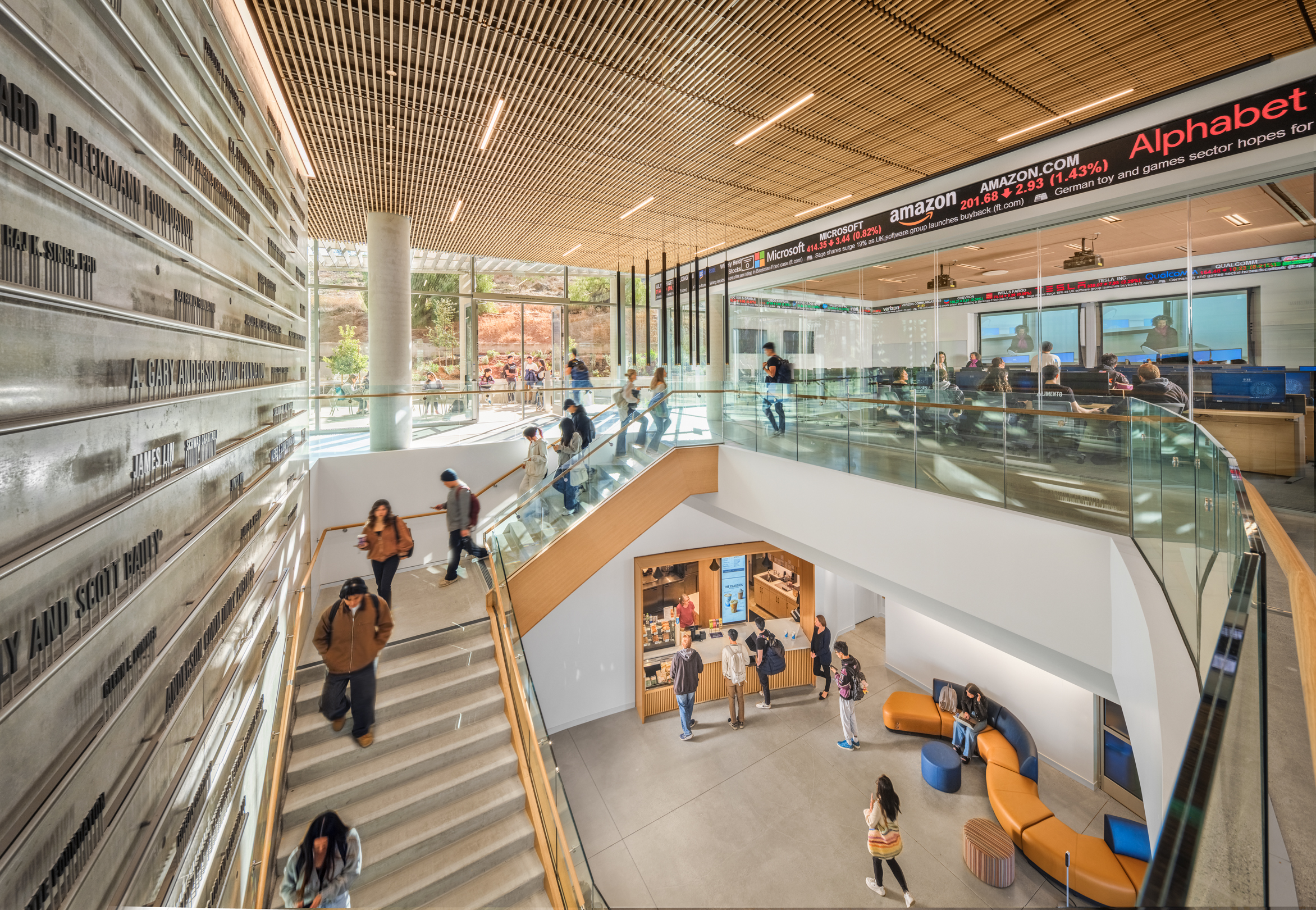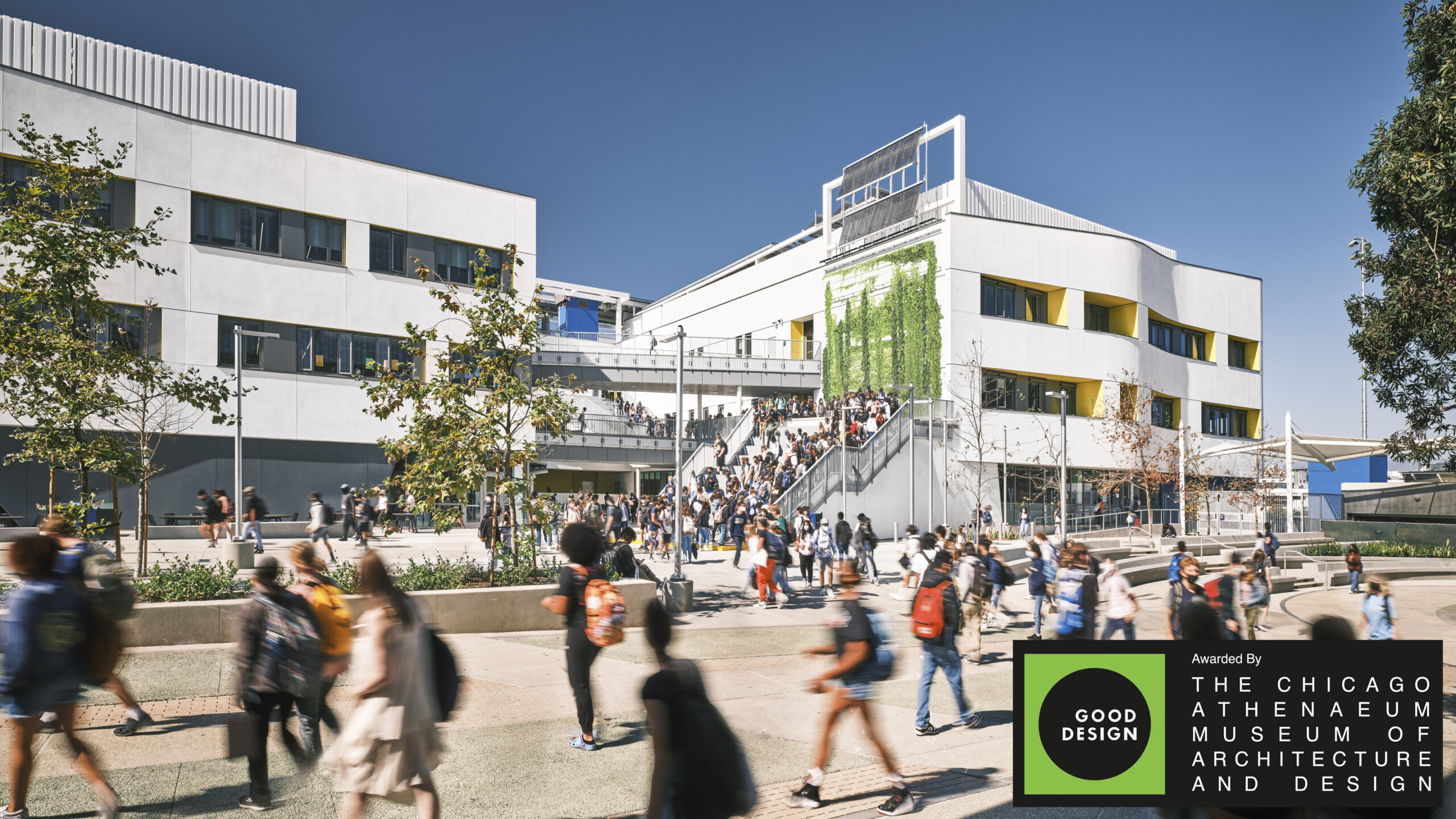As President Biden signs a $1.2 Trillion infrastructure investment into law, college and university campuses in California are approaching an equally epic period of seismic upgrades and broader renewal of their growing inventory of aging facilities. The University of California has mandated that every campus submit a seismic evaluation of facilities, as well as a capital improvement plan for addressing the most urgent structures, all with an anticipated system-wide cost of some $20B. Community Colleges in Los Angeles and other districts are well into their own programs to replace older, inefficient buildings to meet contemporary educational goals.
As campuses assess and evaluate their existing fabric of buildings and systems, the spectrum of choices runs from repair, to renovation, to full adaptive re-use, and finally replacement. Decisions may now be guided by the extraordinary experience of the pandemic, and the challenge/opportunity of hybrid learning, as well as other trends. The older theme of Preservation is now understood to mean Regeneration, keeping heritage relevant to contemporary needs. Moreover, the idea of what constitutes heritage now embraces modernist and even post-modernist works and is a rich ground for deeper considerations of value and identity. Our own 25+ year experience in the world of campus renewal has provided us with insights and considerations that continue to be relevant to the work.


